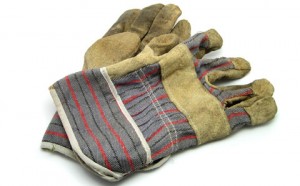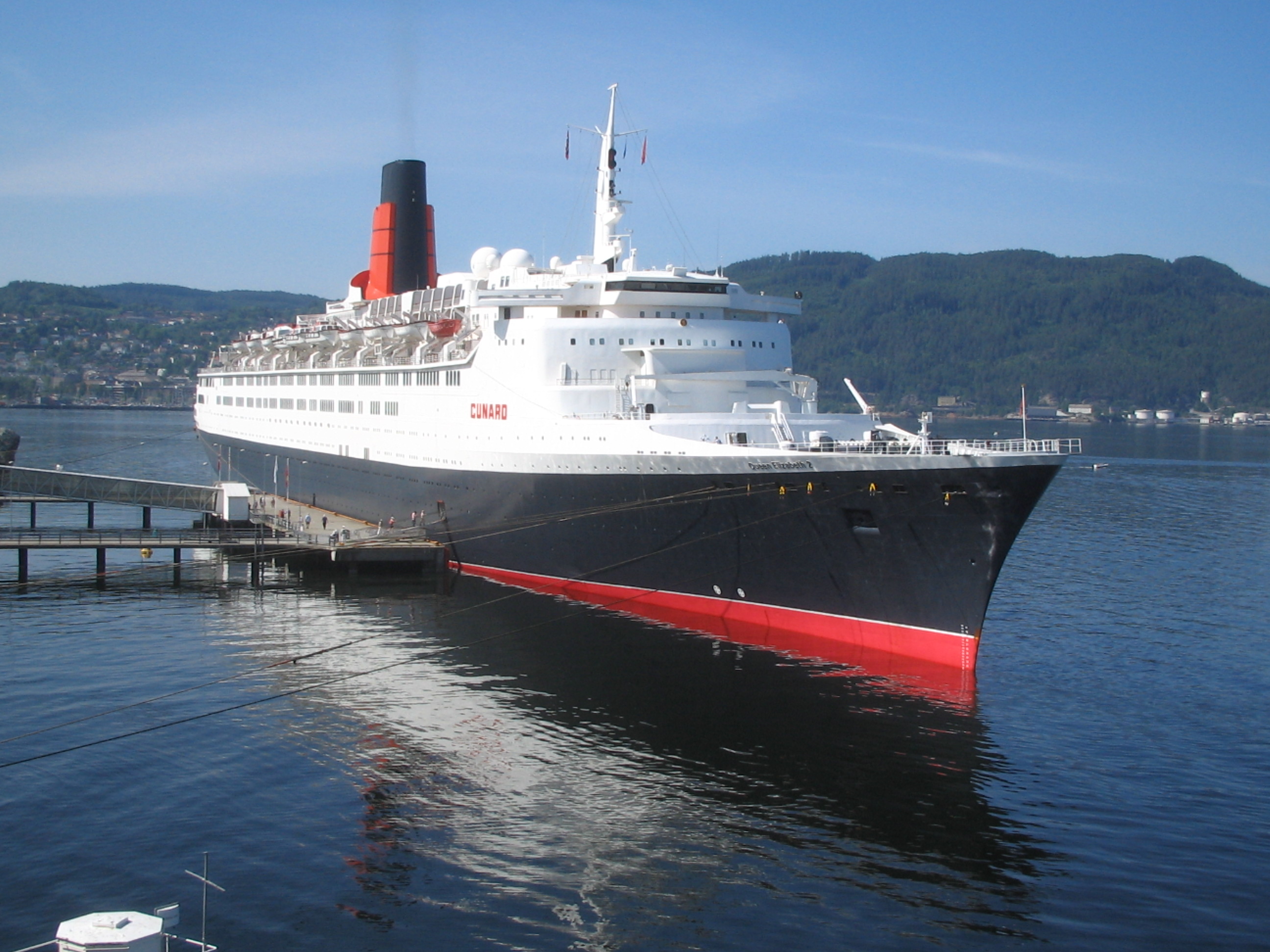So you get to read about keeping the nautical hands toasty.
 |
| Strangely, on a warm day in summer, you could go gloveless here, and yet on a cold day in the tropics, you can shiver violently (c) highlatitudes.com |
A short time ago, a helicopter from a Canadian research vessel in the High Arctic crashed, killing the three experienced men aboard. Despite wearing (to varying degrees) immersion suits, they died from justan hour or less in zero degree Celsius waters. There are suggestions that their suits were not secured properly, and other details may emerge, but it is clear that water, even tropical water, can suck vital heat from the human body. Divers know this, sometimes the hard way.
While we personally do not intend (so far!) to do much in the way of high-latitude sailing, the problem of staying warm at sea cannot be overstated, nor can the topic be avoided even at the Equator. My point is this: Boats live in the middle of damp winds. You don't have to fall in to feel the cold, and it's something to plan for...even on a hot day. That somewhat counter-inituitive advice comes from sailing in summer squalls, where an icy soaking followed by big wind will suck the heat from the typically underdressed sumer sailor's body. A (relatively) warm air temperature may help, as will a strong sun. But if you are wet in the tropical nights, having stood a watch in your T-shirt through a surprise squall, you will get cold, perhaps cold enough to shiver, or to impair one's judgment. In fact, one of the signs of hypothermia impairment is dressing like you aren't feeling the cold...oh, dear.
The usual drill to keep the Blue Death, or even clammy discomfort, at bay is to dress from the outside in: warm feet, warm hands and a hat of some description will often suffice. I personally sail in thick socks, shoes, shorts, and a T-shirt with a woolen or fleece pullover as late as November in weather around 10C. Part of that is being acclimated to cold as I tend to cycle 12 months of the year and come from People of the Kilt. Nonetheless, I can and do feel chilly at sea, and try to take appropriate measures before the cold takes me.
I will consider at a later date the question of foul-weather gear (hooded coats, trousers, bib overalls and associated undergarments) and sea boots and so forth separately as it is a complex and, for me, evolving topic. I will not consider immersion suits, wetsuits and drysuits, because I am as yet ignorant on all but the basics (keep them fully zipped/sealed) and that some sailors who also dive will wear a wetsuit on a rainy night on deck because they do have a seal-blubber-like warming quality...and you can't get wetter in them.
But certainly one of the more common hallmarks of the sailor, even in clement conditions, is the sailing hat (Tilley, ball cap or knock-off Tilley, with a few brave souls sporting the Greek fisherman's cap, Grandpa's felt fedora or the woolen watch cap that screams "second mate on the voyage of the damned") and sailing gloves that feature to an even greater degree than deck shoes with grippy soles (hey, some favour bare feet).
 |
| Probably the most common style, the "three-quarter finger" sailing glove. |
It's an area where style, features and price are no object. Sailing being about one hand for the boat and clapping onto lines and whatnot, the primetime sailing glove will feature selective padding, grippy bits and/or anti-chafe where lines might otherwise burn into fingers or palms, Velcro at the wrist to secure them firmly or even to keep, if only a bit, water away from the hands, and so on.
 |
| Yer dead-common workgloves. |
I also favour aboard neoprene work gloves in various thicknesses and gauntlet lengths. Bilge water is cold, and if you have to go fishing to find a loose hoseclamp in the dark, you'll want a headlamp and a pair of these to keep your arms warm and dry.
Longer, chemical-resistant versions are good for, uh, fixing certain plumbing needs, or reaching into tight areas beside hot engines or other overwarm equipment. Sometimes you have to get your arms deeper into the water than you might care to, and long-armed gloves will buy you time and a measure of comfort. I have a pair of bright orange gloves lines with fleece that I use when I drive a crash boat at our club's haulout and launch. Nothing else seems to keep my hands warm for hours at a time on the water.
 |
| It's trivial to keep several pairs of these sort of gloves around galley, head, tender and engine room. |
I have used, and continue to use, a mix of leather gardening or work gloves with or without a light lining and the finger ends removed. Over the years, however, I have mostly used bicycling gloves. I have some middle-rank Gill "proper sailing gloves" around the nav station I picked up on sale, but I only bother with them when going "full foulie".
 |
| The current gloves: Nine bucks and fifty cents, and I just keep wearing them after I lock up the bike. |
On the very first and last days of the season here, I wear full finger bicycle gloves (thin, but with rubber-stripped fingertips) like this:
Over this, and if needed, I will wear a woolen mitten that has the flip-top/Velcro mitten end, and fingerless woolen finger bits with a leather palm.
| About $4.99 a pair. Buy them in September! |
3M makes these types, as do dozens of cheap knock-offs from other places, with Thinsulate. They are too weak to last long for racing, but if you are sailing in weather close to freezing, they are the perfect and cheap solution. The thin bike gloves keep your fingers warm and the leather palms give you a bit of grip. When you are just steering, put the flap over the fingertips.
 |
| The only thing toastier is toast. |
Everyone has to decide these sort of things for themselves: The primary purposes of specific sailing gloves is to provide better grip for hauling lines and stay aboard, and to reduce injury from rope burns. I feel that I've found a few alternatives from biking and work/utility gloves, but if I had to factor keeping my hands warm while hauling a line up to my waist in cold, green seawater, I would want the best gloves for that purpose.
I just don't think I would have them on deck every day and I might sew in an idiot string. Frankly, my record for making inadvertant sacrifices to Neptune with pricy boat gear isn't so good. Not for Neptune...for me. Nonetheless, while you are certainly welcome to pay a hundred bucks for gloves that don't even cover your fingers, you can try out this sailor's guide to glove-making for yourself, and see if you prefer the multi-fingered approach.
















